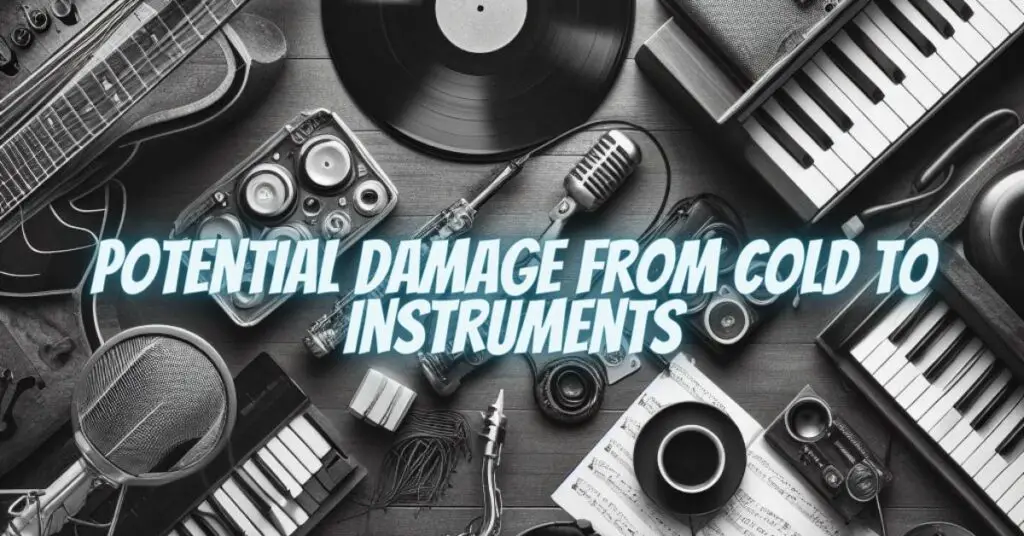Musical instruments are not only tools of artistic expression but also finely crafted pieces of equipment that require proper care and maintenance. One common concern among musicians is whether exposure to cold temperatures can damage their beloved instruments. In this article, we’ll explore the potential effects of cold on musical instruments and provide insights into how to protect your gear from cold-related damage.
The Impact of Cold on Musical Instruments
Exposure to cold temperatures can have several adverse effects on musical instruments, including:
- Wood Contraction: Many musical instruments, such as violins, cellos, and guitars, feature wooden components. Cold temperatures can cause the wood to contract, leading to structural damage, changes in playability, and potential cracks in the wood.
- Tuning Stability: Cold weather can cause strings to contract, leading to a drop in tension and pitch. This can affect the tuning stability of stringed instruments.
- Fretboard and Finish Damage: In the case of guitars, cold temperatures can cause the fretboard to shrink and become dry, leading to issues like fret sprout (sharp fret ends) and damage to the finish. This affects both playability and aesthetics.
- Mechanical Components: In instruments like pianos, cold temperatures can lead to issues with mechanical components, such as keys and action. The wood can contract, potentially causing problems with action regulation and soundboard integrity.
Protecting Your Musical Instruments from Cold-Related Damage
To protect your musical instruments from the harmful effects of cold temperatures, consider the following precautions:
- Stable Storage: Store your instruments in a controlled, stable environment with a temperature that falls within the safe range (typically above 45°F or 7°C).
- Use Cases or Covers: When not in use, keep your instruments in cases or covers. These provide insulation and protection against temperature fluctuations.
- Acclimatization: Allow your instruments to acclimate gradually when moving them from a cold environment to a warmer one, or vice versa. Sudden temperature changes can stress the materials.
- Climate Control: For long-term storage or valuable instruments, consider climate-controlled storage areas. These maintain stable conditions for your gear.
- Regular Maintenance: Periodic inspections and maintenance by professionals can help detect and address any cold-related issues before they become severe.
It’s important to note that while cold temperatures can affect musical instruments, the severity of these effects depends on various factors, including the quality of the instrument, the extent of temperature change, and the duration of exposure. With proper care and attention, you can minimize the risk of cold-related damage to your musical gear.
Protecting your musical instruments from the potentially damaging effects of cold temperatures is crucial for ensuring their longevity, playability, and tonal quality. By following the guidelines provided in this article, you can safeguard your cherished gear and continue to create beautiful music for years to come, even in chilly conditions.


